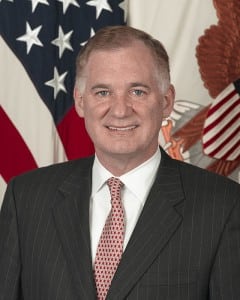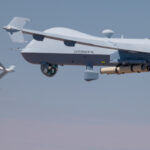
The defense industrial base in America is being pressured by several key forces that will reshape the defense market and the incoming administration of President-elect Donald Trump has an opportunity to help influence these changes so the country’s military forces retain their longstanding technological edge, a defense industry executive said on Thursday.The defense market is on the “cusp of a third pivot” in terms of its structure and the three primary forces driving this turn are the consolidation of military…

 By
By 











